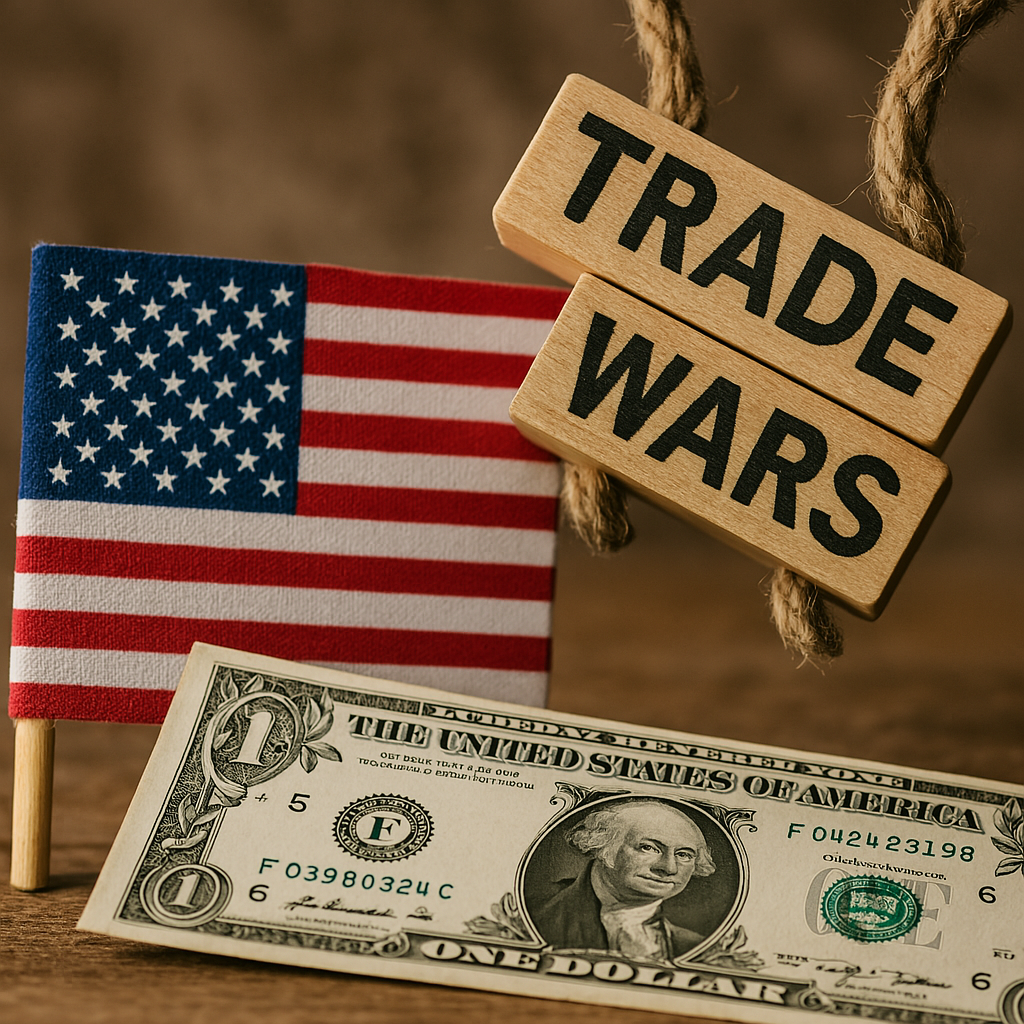The United States has sustained large trade deficits for decades alongside a decline in manufacturing employment. Economists and policymakers debate the root causes of these imbalances. Two prominent explanations have emerged: (1) an overvalued U.S. dollar, which allegedly makes American exports too expensive and imports artificially cheap, and (2) a lack of domestic production competitiveness, meaning structural issues in the U.S. economy (like higher costs or lower productivity) that reduce its ability to compete, regardless of the exchange rate. This report compares and contrasts these arguments – highlighting Stephen Miran’s position in favor of the “overvalued dollar” hypothesis – and reviews critiques from other economists. Key points from both sides are summarized, followed by an assessment of which view is more widely supported in recent expert analyses.
(more…)